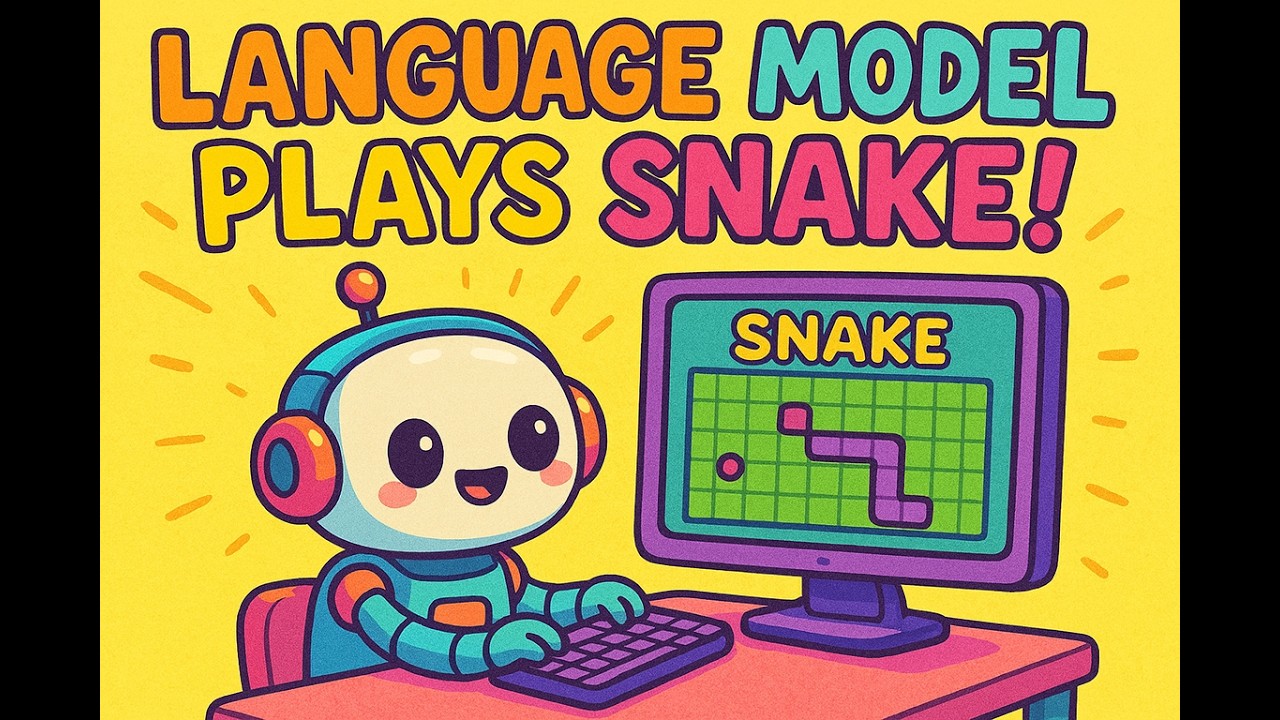The creator showcases a language model that plays the Snake game using a behavioral cloning approach, training it on gameplay data generated by an expert algorithm employing a breadth-first search strategy. The video details the model’s architecture, training process, and performance metrics, while inviting viewers to download the model from Patreon and engage with the project.
In the video, the creator introduces a language model designed to play the classic Snake game using a behavioral cloning approach rather than traditional reinforcement learning or evolutionary algorithms. The model is currently in training, and the creator demonstrates its progress, highlighting its ability to play the game effectively. Viewers are informed that the model can be downloaded for free from the creator’s Patreon, encouraging engagement with the project.
The process begins with the development of an expert algorithm that plays Snake competently using a breadth-first search (BFS) strategy to find the shortest path to food. This expert player generates gameplay data by playing the game multiple times, which is recorded and saved into a file. The data generation process is executed through a Python script, which allows the model to learn from the expert’s actions by predicting the next move based on the current game state.
The training of the transformer encoder model is based on the recorded gameplay data. The model learns to classify actions by mapping them to integer labels, which correspond to the possible moves in the game. The creator explains the various components of the project, including the core game logic, the data generation script, and the training script, which loads the gameplay data and trains the model using specific hyperparameters.
The video also delves into the technical aspects of the transformer model, such as the number of layers, attention heads, and the vocabulary size, which is defined by the unique cell values in the game grid. The creator emphasizes the importance of dropout and weight decay techniques to prevent overfitting during training. The model’s architecture is designed to process the grid representation of the Snake game, where each cell can represent different elements like the snake’s head, body, food, or empty space.
As the training progresses, the creator shares insights into the model’s performance metrics, including loss and accuracy, which indicate how well the model is learning. Despite initial skepticism about the behavioral cloning approach, the creator expresses satisfaction with the model’s rapid learning capabilities. The video concludes with an invitation for viewers to explore the project further on Patreon and to consider joining the creator’s community for additional resources and live sessions.
